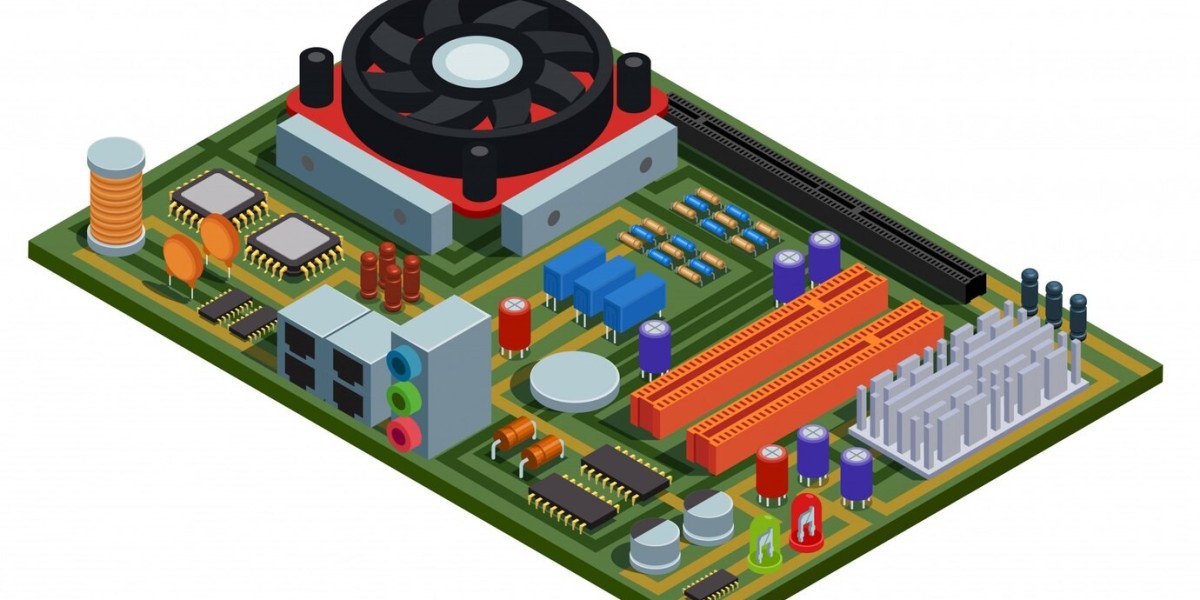Introduction
As industries move towards smarter and more automated solutions under the 4th Industrial Revolution, precise data acquisition and analysis are no longer optional—they are critical. One of the pivotal tools enabling high-accuracy, non-contact vibration measurements is the Laser Doppler Vibrometer. This innovative device plays a vital role in quality control, predictive maintenance, and the design optimization of machines, vehicles, infrastructure, and buildings. By offering accurate 3D data, it supports industries in their journey toward smarter manufacturing and operation systems.
The Power of the Laser Doppler Vibrometer
The Laser Doppler Vibrometer is a cutting-edge measurement instrument that uses the Doppler effect of laser light to measure the velocity and displacement of vibrating surfaces. Unlike traditional contact-based sensors, the Laser Doppler Vibrometer offers a non-invasive approach, which eliminates the possibility of altering the dynamics of the object being measured.
How Does a Laser Doppler Vibrometer Work?
At its core, a Laser Doppler Vibrometer directs a laser beam onto a vibrating object. When the object moves, the frequency of the reflected laser light changes (Doppler shift). The device then detects this shift and accurately calculates the vibration velocity, displacement, and sometimes even acceleration. This method is remarkably precise and works across a wide range of frequencies and amplitudes.
One of the most valuable features of the Laser Doppler Vibrometer is its ability to capture 3D vibration data. By scanning multiple points on an object's surface, it builds a comprehensive spatial vibration map. This capability is crucial for diagnosing mechanical issues, optimizing designs, and ensuring the integrity of structures and components.
Applications in Modern Industry
The Laser Doppler Vibrometer supports a broad range of industrial applications:
- Machine Condition Monitoring: By detecting minute changes in vibration patterns, it enables predictive maintenance and prevents costly machine downtime.
- Automotive Development: Engineers use it to analyze vibrations in engines, tires, and vehicle bodies to improve safety, performance, and comfort.
- Infrastructure Inspection: The device assesses vibrations in bridges, buildings, and industrial structures, identifying potential weaknesses or areas that require reinforcement.
- Aerospace Engineering: It measures vibration characteristics of components critical to aircraft safety and performance.
Conclusion
The Laser Doppler Vibrometer stands out as an essential tool for industries aiming to leverage accurate, non-contact vibration measurements in the era of the 4th Industrial Revolution. Its precision, versatility, and ability to produce rich 3D datasets empower engineers and researchers to optimize machines, vehicles, infrastructure, and buildings for safety, efficiency, and reliability. As we continue to integrate smart technologies and automated systems into our industrial landscape, the Laser Doppler Vibrometer ensures that we have the data quality necessary to make informed decisions and drive innovation.



